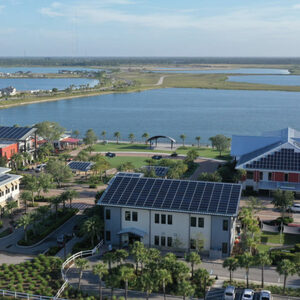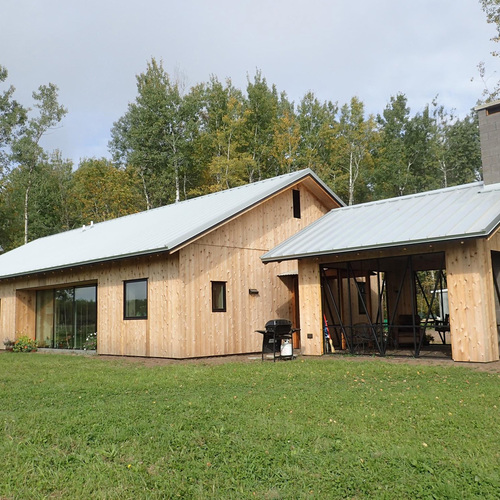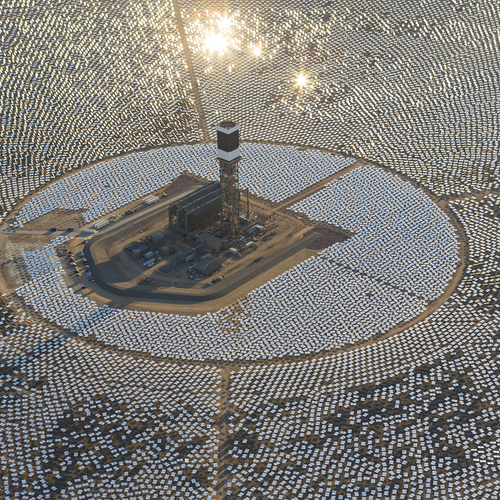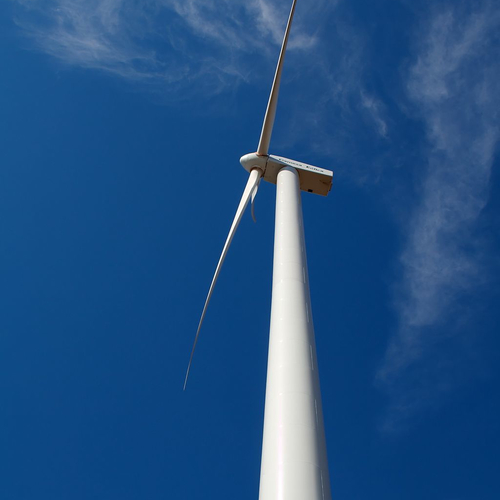In the green construction world, the word “adaptation” is used to describe the future uses of a building. Generally, the concept considers only human uses. But here in the United Kingdom — the latest stop on my European tour — adaptive use takes on a whole new meaning.
A peregrine falcon has decided to set up housekeeping on the rooftop of a university building here in Southampton. In and of itself, this would not have caused any particular issues, but a cell phone tower happens to also be located on this same roof. And, as bad timing would have it, the cell phone tower was in need of repair. However, the peregrine is a protected species in the U.K., and any tampering with the bird or habitat carries a stiff penalty.
So the cell phone users who depend on this tower have had to “adapt” to poor service while an alternative solution is discovered, in the form of a temporary tower.
Peregrines must be attracted to the academic air, as last year a pair of peregrines were cherished visitors at a university in Sheffield. The whole campus kept tabs on the mating and successful breeding of this first “urban pair.”
On a smaller note, I noticed a unique situation caused by the venting of some dormitory clothes dryers. The vents were stacked and terminated alongside a brick wall, which had become caked with lint over time (see Image #2, below). Evidently some birds had taken advantage of the abundance of lint, and I was amused to see a nearly box (presumably a mailbox) which had a little note attached: “Birds Nesting: Please do not use.” (See Image #3.)
Our habitats are interconnected
So here we are, in the land of the industrial revolution, giving deference to wildlife. We are recognizing the value of other lives outside of the human sphere. Could we consider these in the design or construction of our buildings?
We build houses in deer habitat and then complain that deer are eating our shrubbery. Could we not instead plant native shrubs and enjoy the presence of the wildlife? Can we consider welcoming migratory birds and butterflies in our landscape? And what about building bat houses high up on the buildings? Bats are a natural defense against mosquitoes. We could also plan ponds to create room for frogs, fish, and insects.
Our tendency is to design human habitat as separate from all other habitats, but they are interconnected. We’ve been trying to get the world to adapt to our needs, but it might be easier to stop pushing back and allow ourselves to adapt and seek harmony.
Dr. Vera Novak was recently awarded a PhD in Construction by Virginia Tech. Her work is dedicated to increased depth and breadth of sustainability in construction, by leveraging the points of greatest potential impact. She is currently working on optimizing corporate sustainability practices to support regenerative design, as well as adapting a lean thinking process for smaller scale projects. She also writes the Eco Build Trends blog.
Weekly Newsletter
Get building science and energy efficiency advice, plus special offers, in your inbox.
















2 Comments
About those deer
Thanks for a really nice and needed article. About the deer, though: they will quite happily destroy native plants as well as exotics. In order to plant any kind of tree on my property, I need to either wrap it in deer netting, or get something that's already tall enough so a that at least a few leaves survive after they've stripped all they can reach. And of course, this kind of deer density is not natural; it's only like this because we've removed most of their predators. They're (or, to cite the actual guilty party, I should say WE'RE) also significantly altering the make-up of our forests, in many areas....
Oh dear - so many deer
Steve - so true. For every change that humans have wrought upon the natural environment, there is an equal system response. We eradicate the wolves, then the deer multiply and devour your trees. Unfortunately, the cause and consequence is not always on the same playing field, nor to the same players. And admittedly, highly publicised incidents such as that of the plight of the peregrine doesn't address anything at a systems level. At best, we can try to manage the impact of our actions and then learn to adapt - as you are doing with your trees. Thanks for your input.
Log in or create an account to post a comment.
Sign up Log in